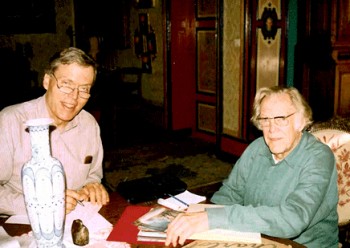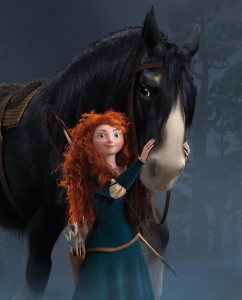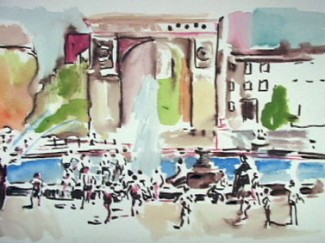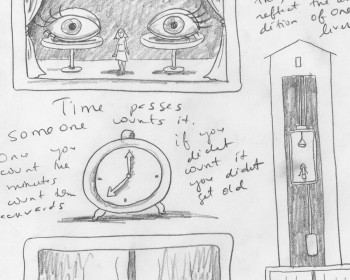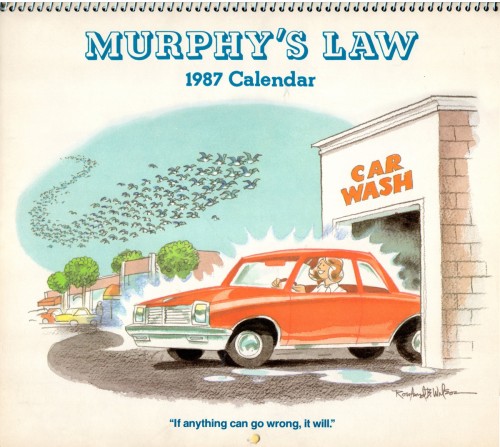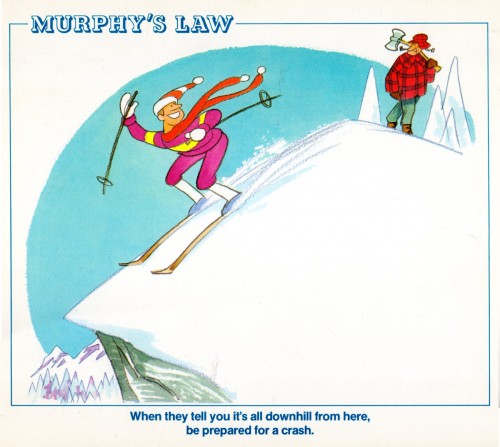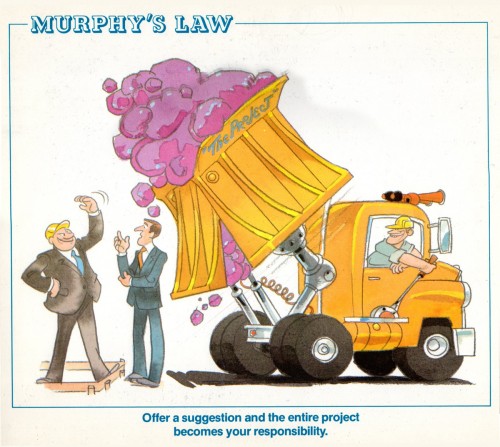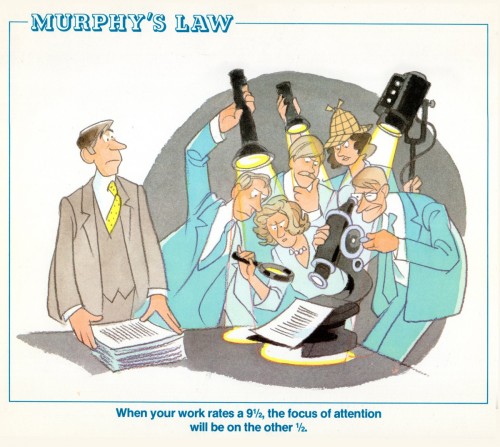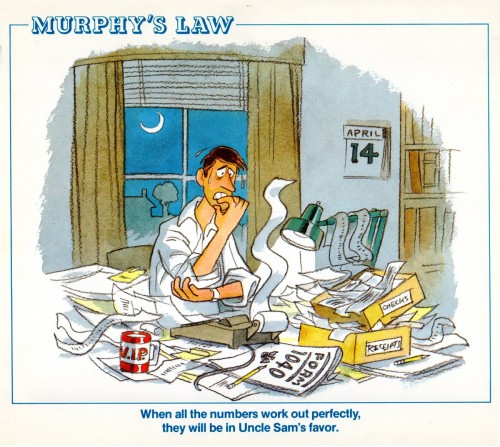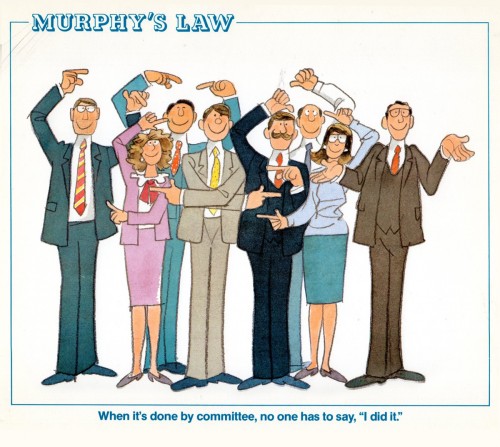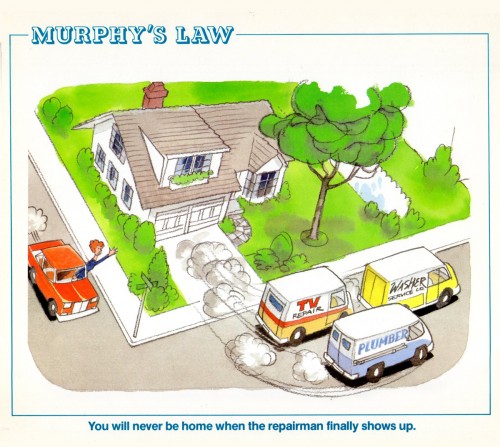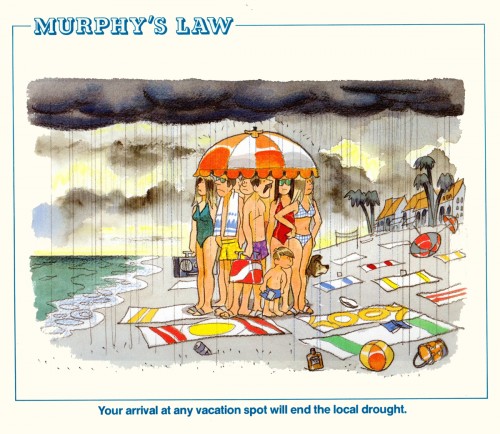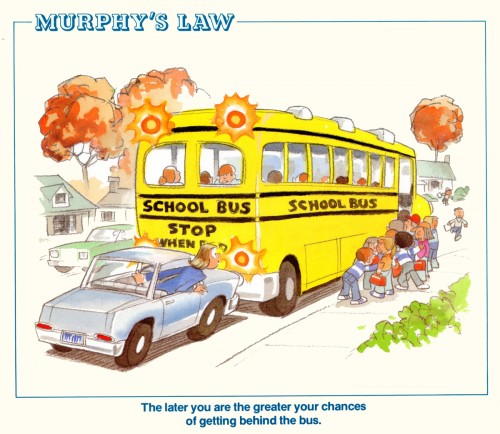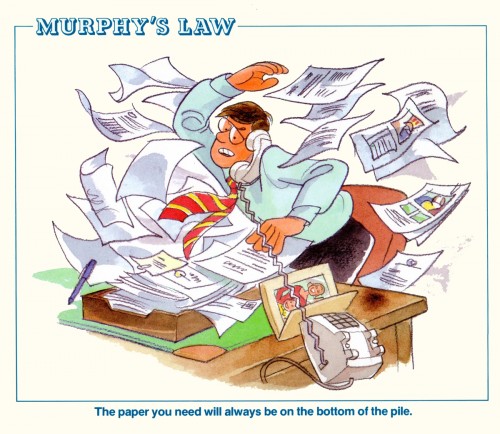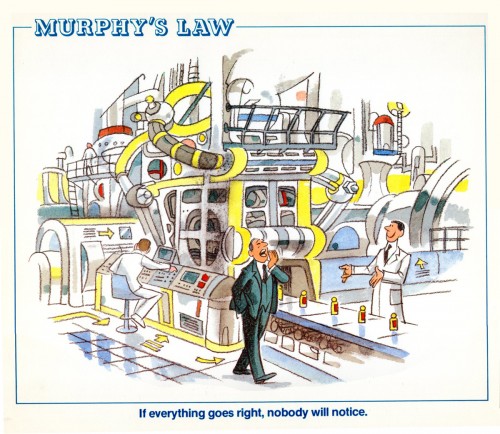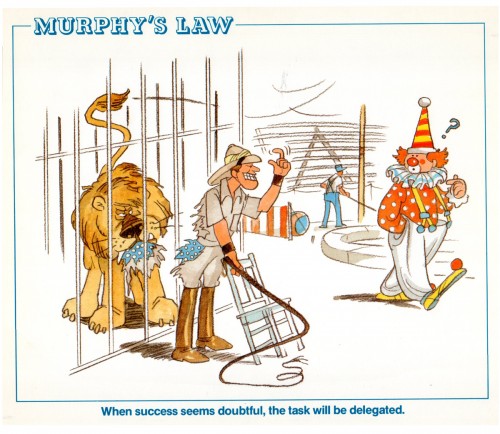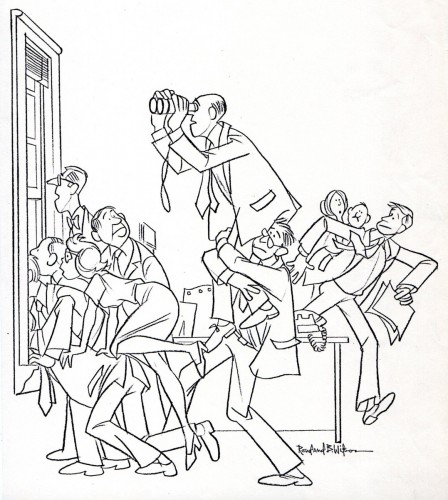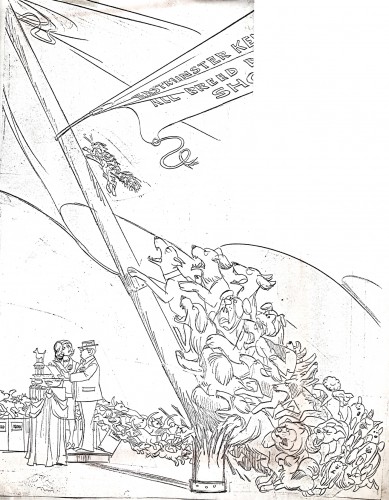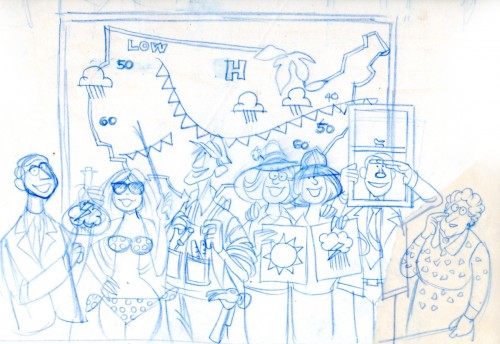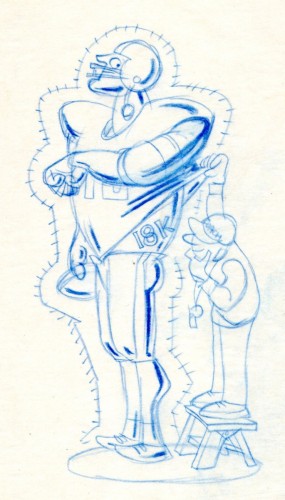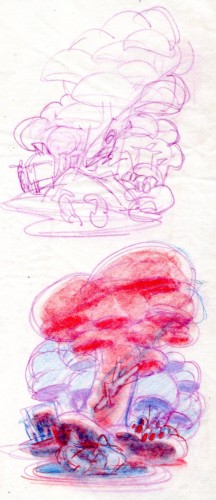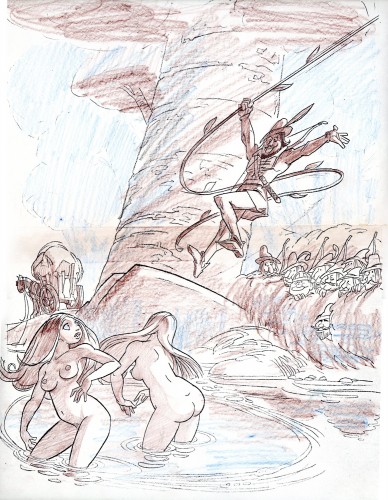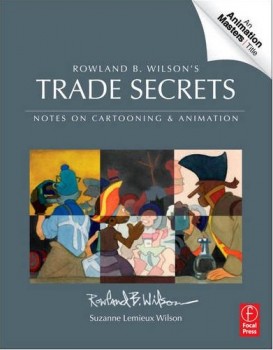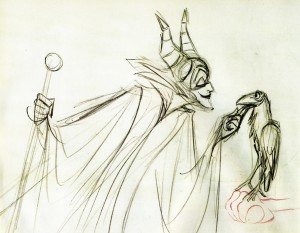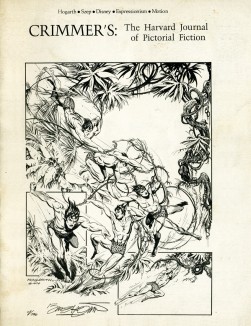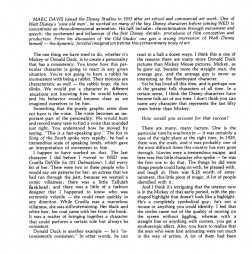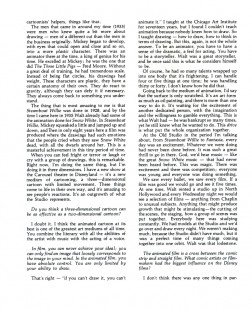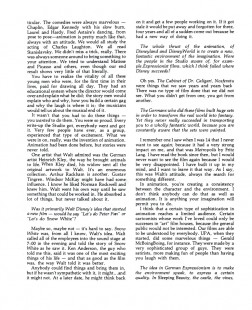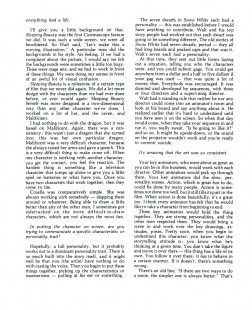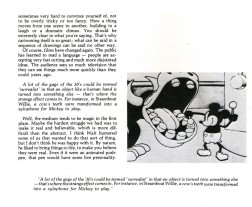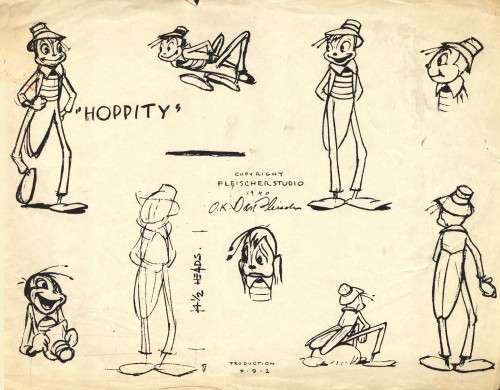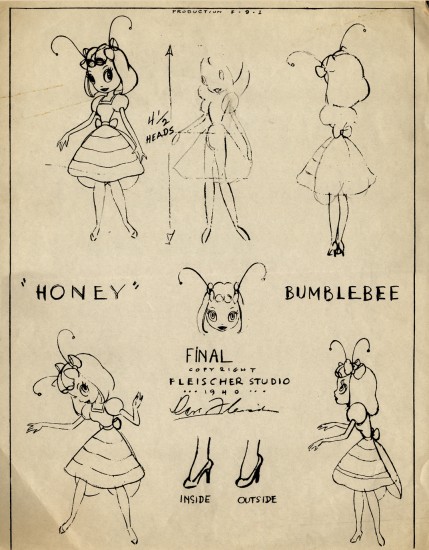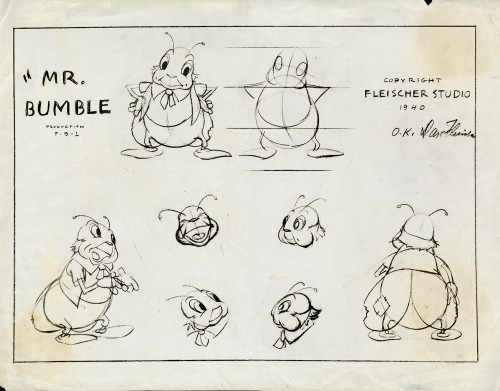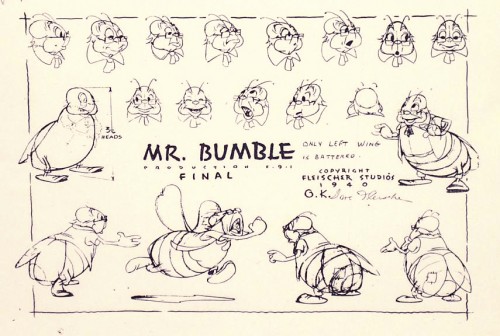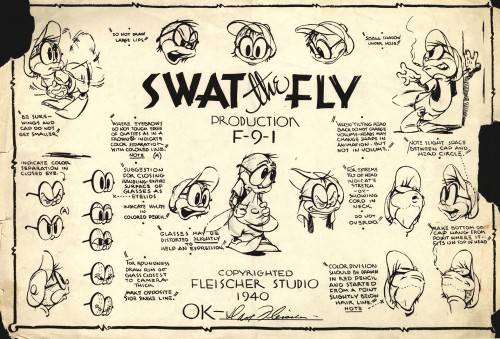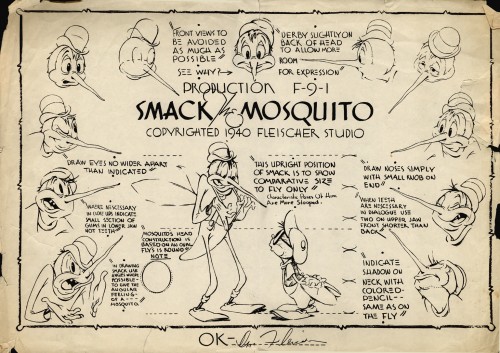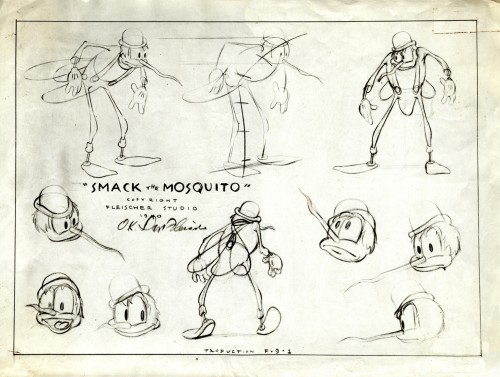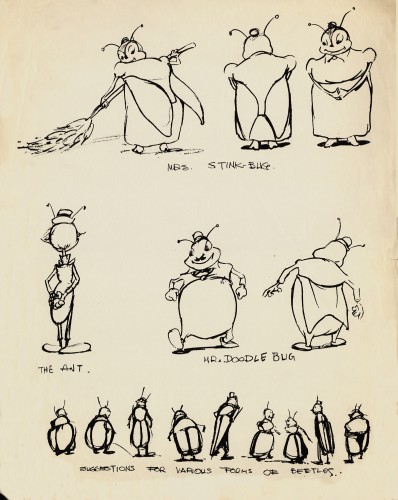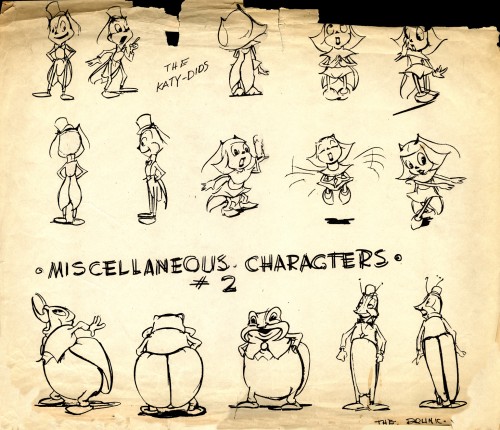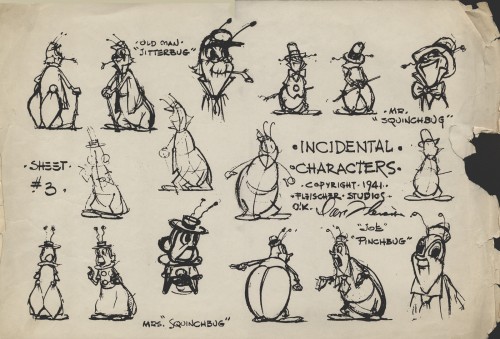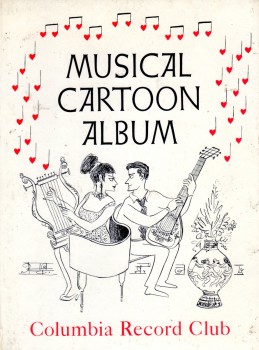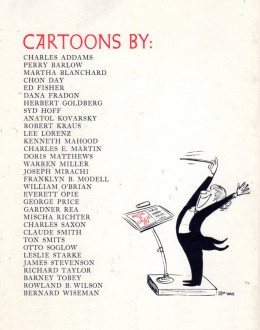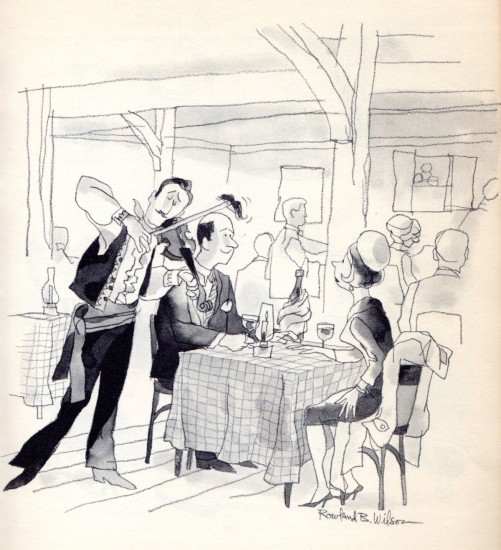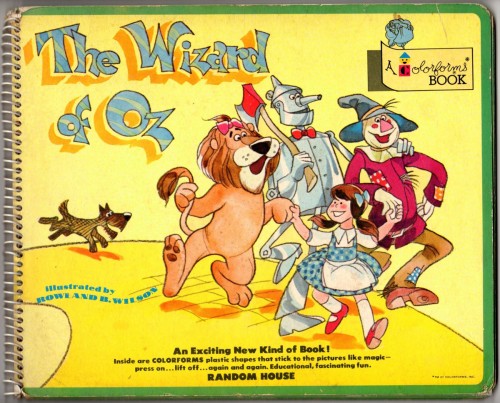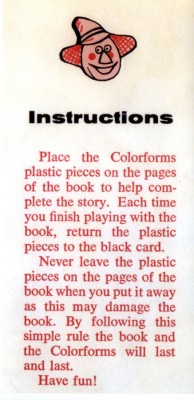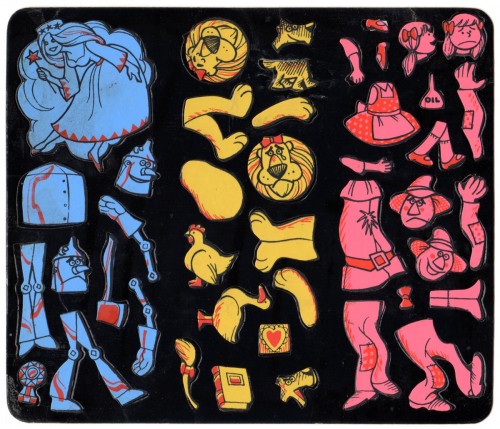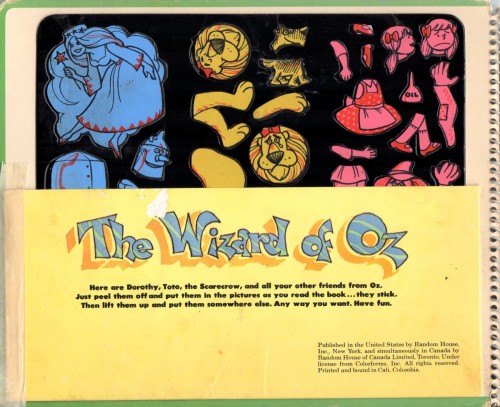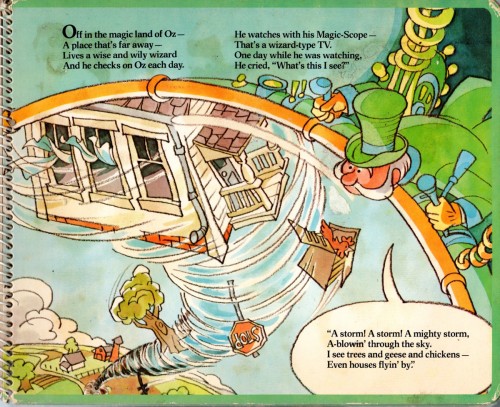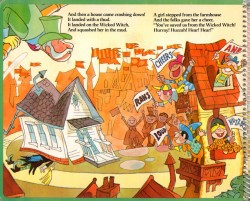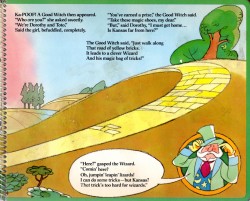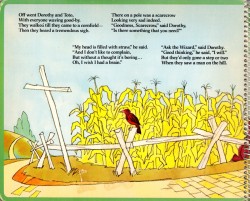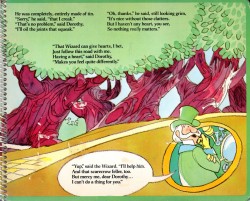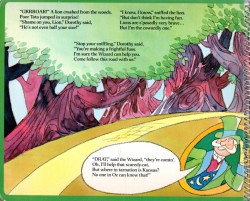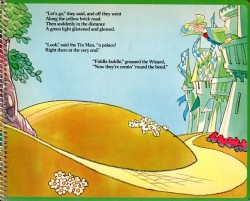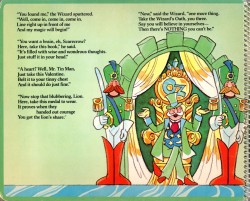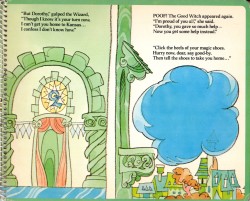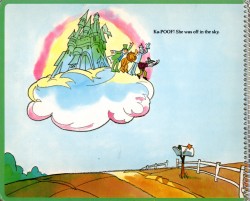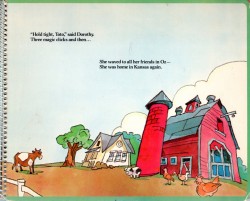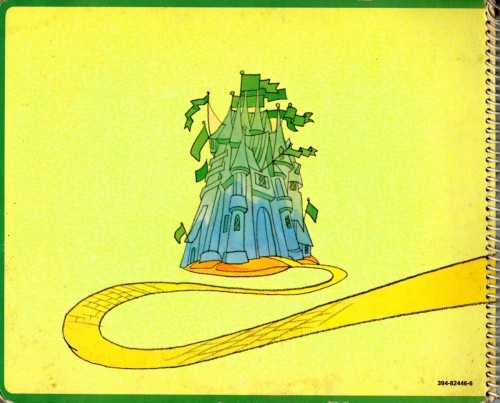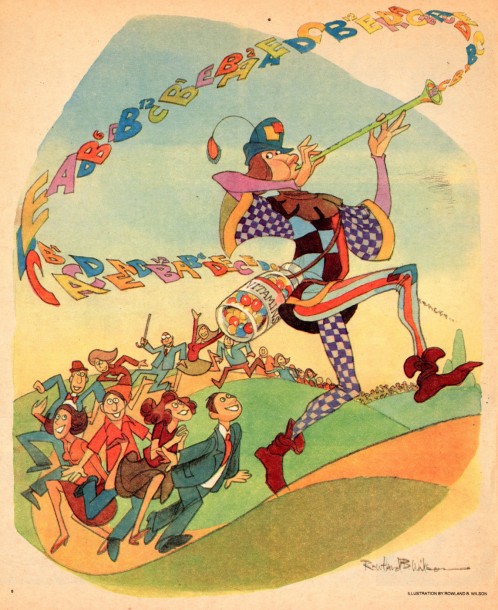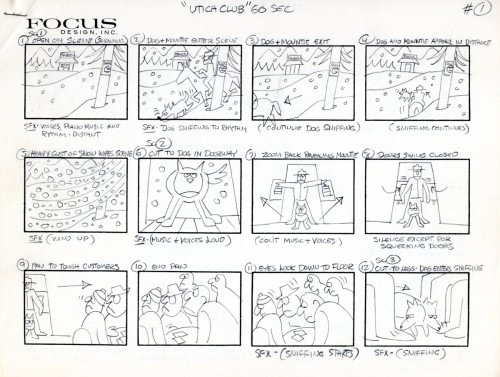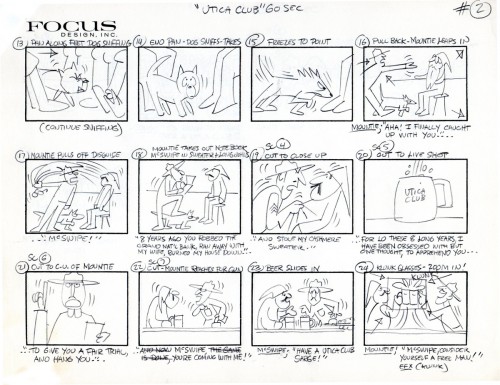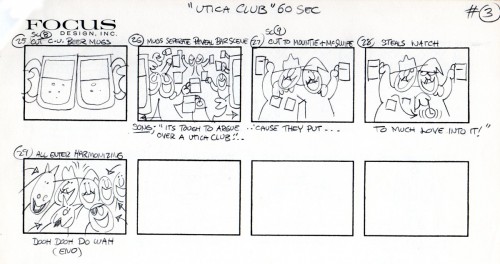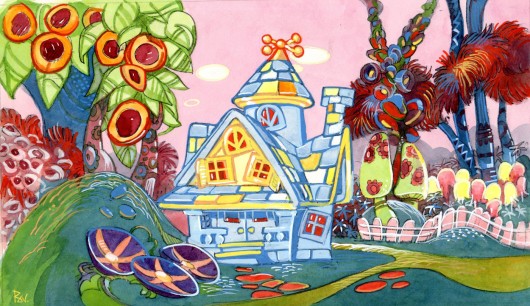Commentary &Daily post 21 Jun 2012 06:21 am
Brave
- I saw Pixar’s Brave on Tuesday night. It’s not a perfect film, but it’s certainly the best film they’ve done since Ratatouille. I have my share of complaints but was quite surprised it’s as good a film as it is. Let’s start off with the story.
 I was surprised the story isn’t quite as cliched as I expected. As a matter of fact, there are many things that aren’t expected in the story, and it turns in some unusual ways that are very positive.
I was surprised the story isn’t quite as cliched as I expected. As a matter of fact, there are many things that aren’t expected in the story, and it turns in some unusual ways that are very positive.
Probably giving away some spoilers, the story is this: A young, immature Scottish princess follows the lead of her father as she tries to make herself into a tomboy warrior, an expert archer, while her mother continually cajoles her into acting properly as a princess should. Things build to a head when her mother sets up three suitors to meet with her hoping to find a future husband for the girl, Merida.
Merida contacts a witch for a spell to transform the mother, to get mom off her back. But the potion, of course, runs afoul of the plan when it turns the mother into something unexpected. The plot thickens, as they have 48 hours to break the spell.
Up to the introduction of the witch character (who reminds me both of Andreas Deja’s Madame Odie from the Princess and the Frog and the Mad Madame Mim from Sword in the Stone), the story is thoroughly entertaining. It takes an obvious turn or two, then it gets wonderful again with focus on the Queen Mother. This is the best and funniest animation in the film. She’s a wonderful character who reminds me a bit of a minor but delightful Chuck Jones character.
The ending is forced as all the men are given short shrift; they act like dolts for the last third of the film. There isn’t one male in the film that we can look up to. In fact, the father who starts out as a strong and solid heroic type, with a subtle and charming character, turns fool like all the other males. Merida rejects the suitors out of the box, yet they’re all doofish and unattractive characters. It would have made more sense to have one of them look the part of a hero, then the girl’s rejection would make more intellectual sense. As it is, she’d be an idiot to accept any of them (and you have to wonder about the parents expecting her to marry any of these guys.)
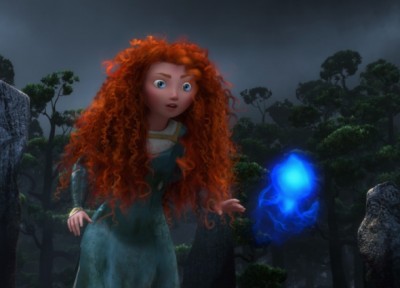 The film steals from a number of different other animation films. There’s the scene from Sword in the Stone where Wart chases an arrow into the woods. Merida does the same here until she meets up with a wood sprite. They steal from Miyazaki often in a very obvious fashion. Sprites taken from Princess Mononoke dominate woodland scenes and bring the Celtic magic to the forest.
The film steals from a number of different other animation films. There’s the scene from Sword in the Stone where Wart chases an arrow into the woods. Merida does the same here until she meets up with a wood sprite. They steal from Miyazaki often in a very obvious fashion. Sprites taken from Princess Mononoke dominate woodland scenes and bring the Celtic magic to the forest.
The real magic of the film comes when the mother is transformed, and they steal away to the woods to try to get the witch to change her spell. At one point the Pixar people have struck gold as they’ve dug into a real fairy tale that they’ve created. It’s right out of Russian or Germanic mythology, and it feels like real magic. It almost feels as though a tapestry has come to life. For this moment, the film truly soars.However, we’re very soon out of this magical moment and back to the world of the animated ordinary. The finale feels tagged onto what has been such a fine film through the first hour or so.
One would like to know what Brenda Chapman did before being replaced by Mark Andrews. I know that the film took place in snow throughout Chapman’s cut, and that was altered. I also know that the film’s title was originally The Bear and the Bow, which is a much more appropriate title. It hints at the notion of folk legend, and it has everything to do with the story. The title, Brave, makes no sense in the film I saw though there are a couple of lame attempts to justify it..
Generally, the acting – meaning the animation – in the film is better than recent other Pixar films, with the animation of the transformed Queen nothing short of wonderful. Merida’s horse is also solidly done with a strong and real character. They don’t try to anthropomorphize the character as was done in Tangled, and it’s a strong choice. The principals, Merida and her two parents, have been imbued with strong and complex character, and I enjoyed watching it develop. Whereas the father falls apart quickly, as I said, Merida’s personality continues to unfold right up to the end. The voice work is also brilliantly performed. Kelly McDonald is exceptional in her part as Merida as is Emma Thompson as the mother. Billy Connolly is also strong as the father, until the last third of the film when he can only read the lines he’s fed.
This is, as I said, my favorite Pixar film since Ratatouille, and I must admit after seeing recent films from them, I am surprised. It gives me a bit of hope. Congratulations to all who worked on it. CGI moves another step forward. I think Monsters 2 is up next. One step forward and . . .
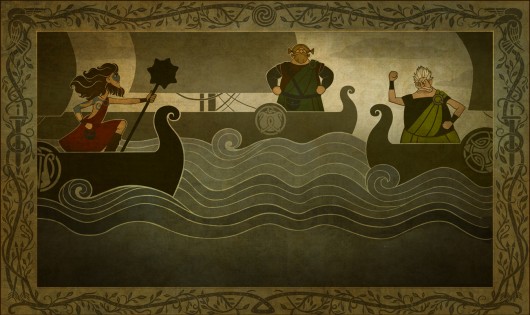
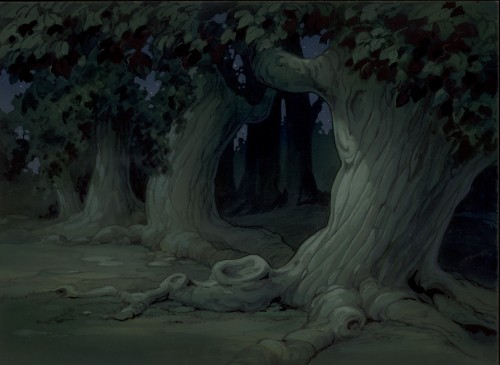
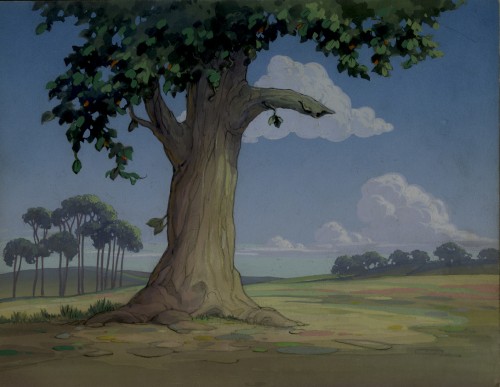
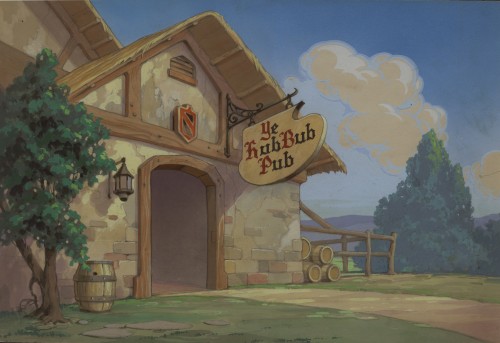
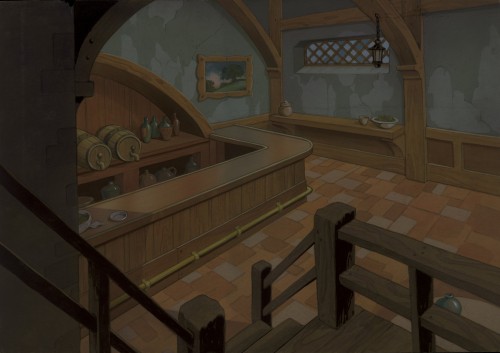
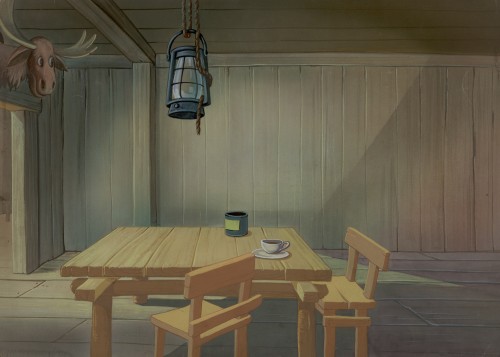
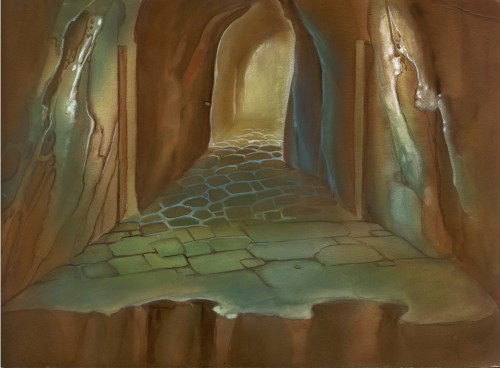
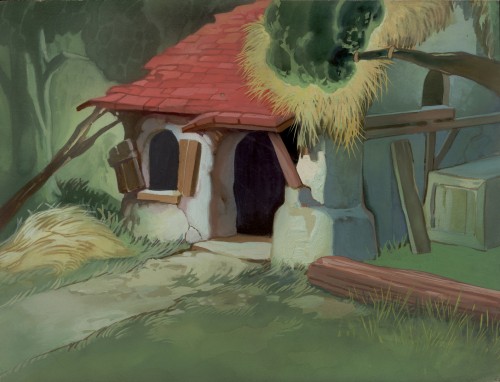
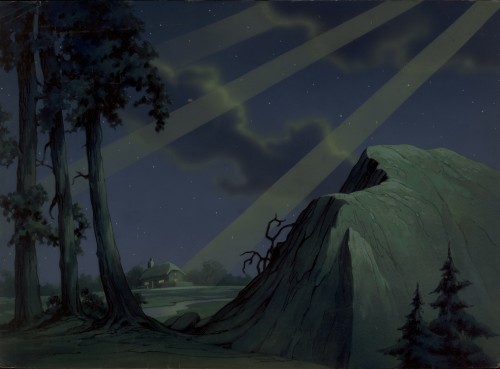
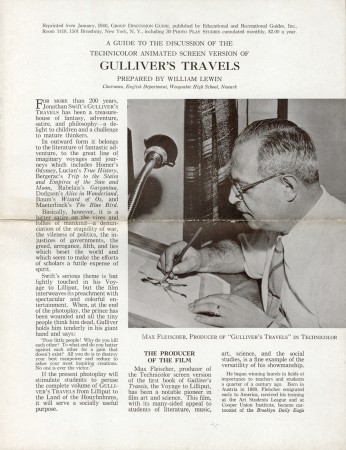
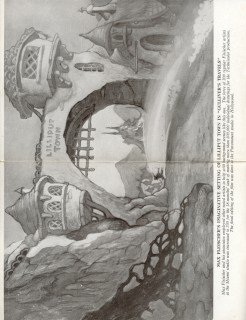
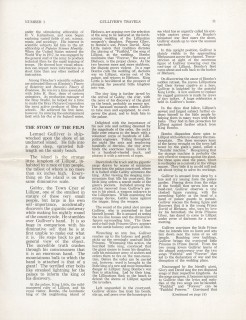
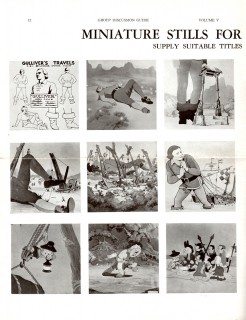
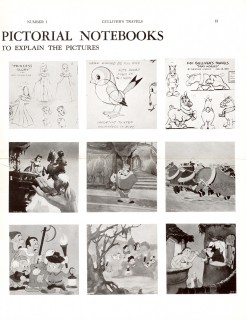
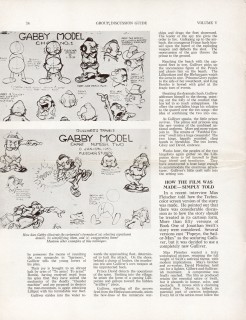
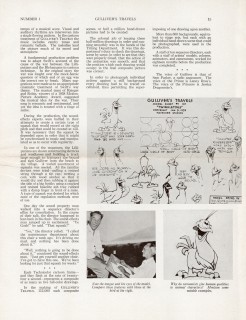
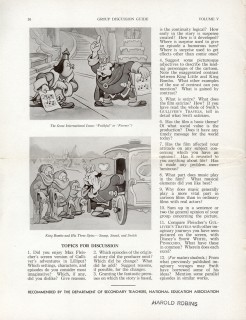
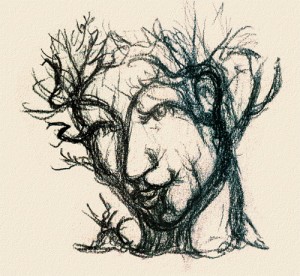
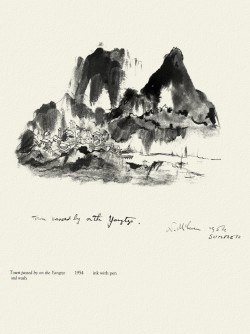
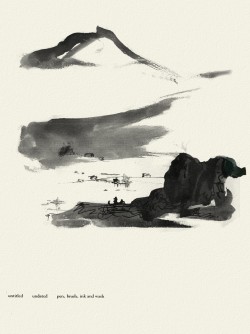
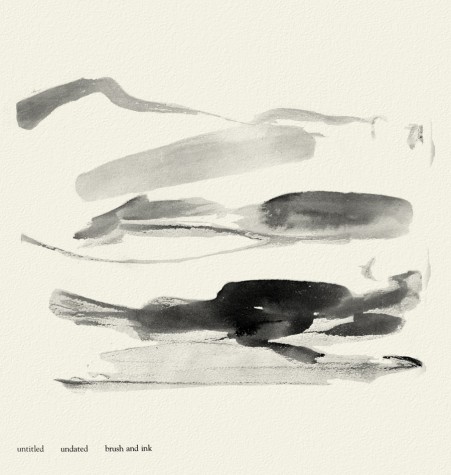
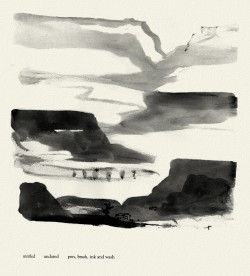
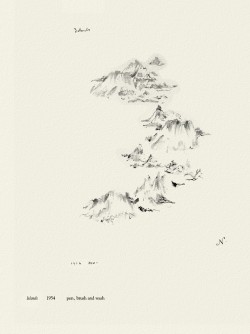

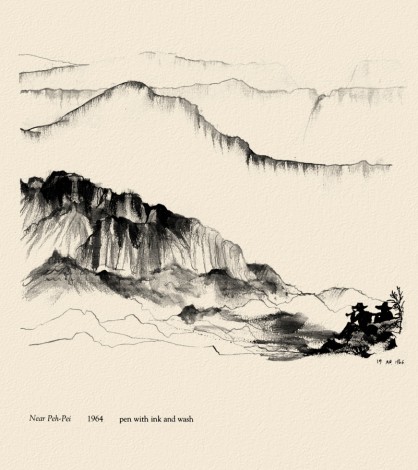
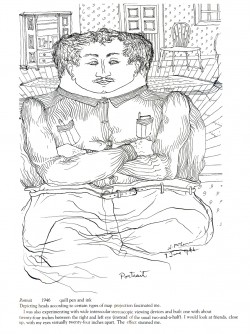
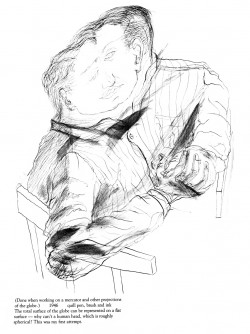
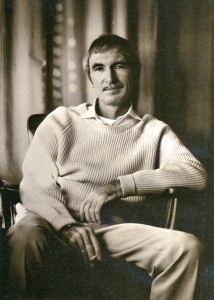

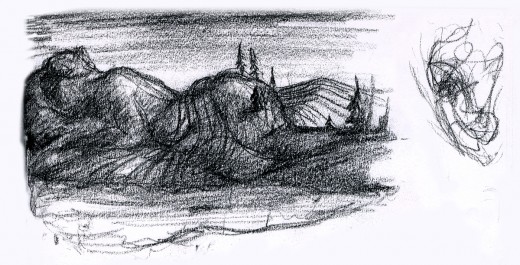
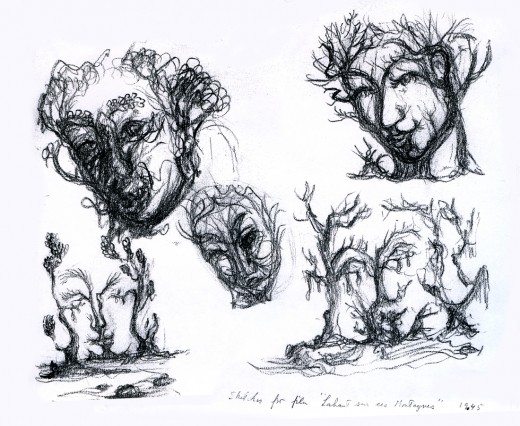
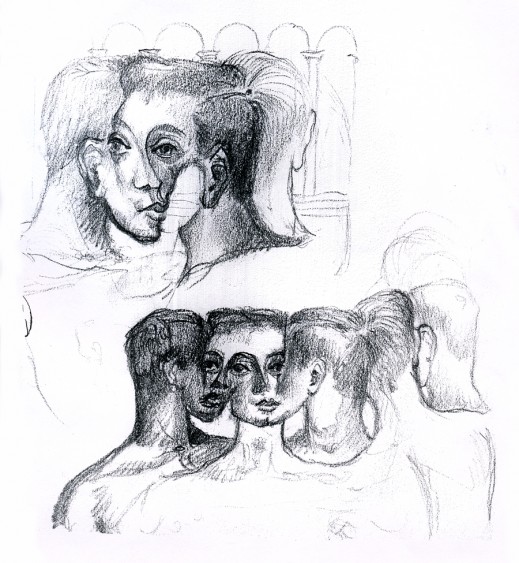
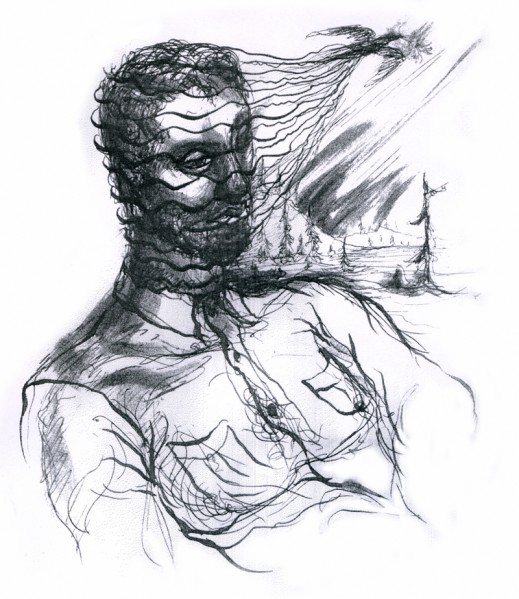
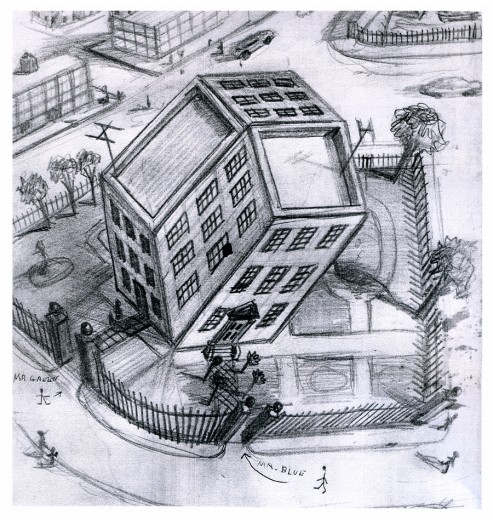
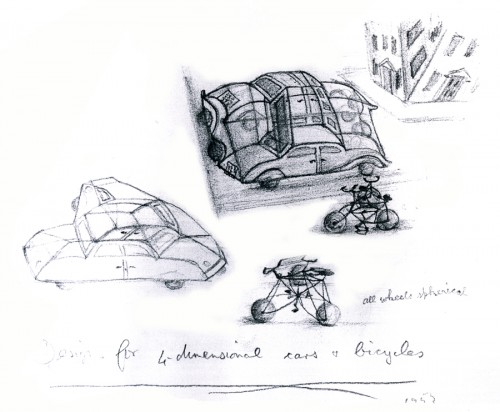
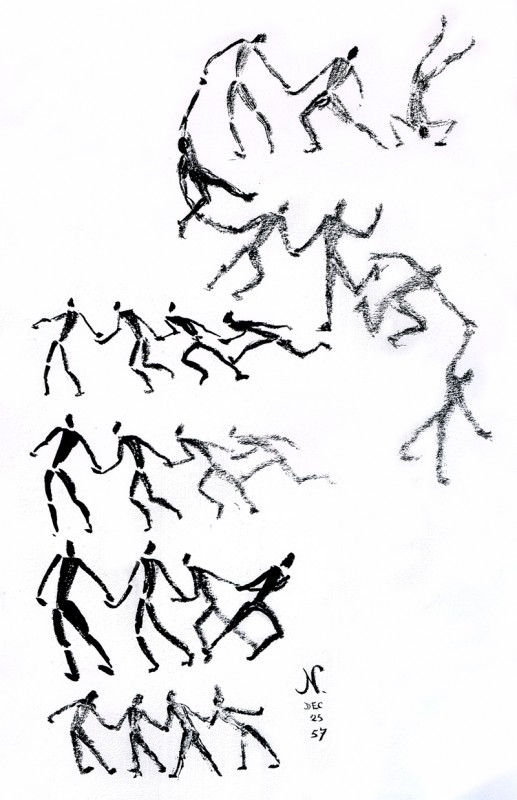
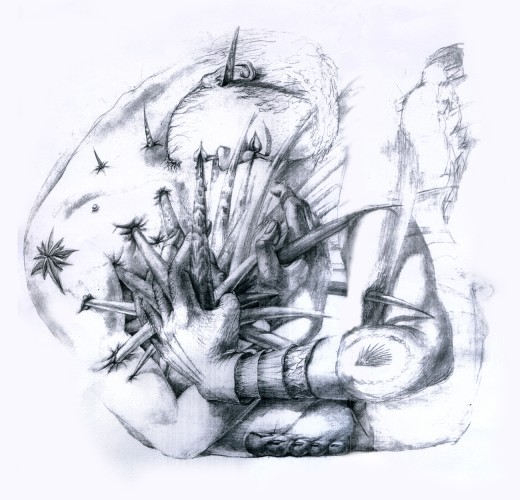
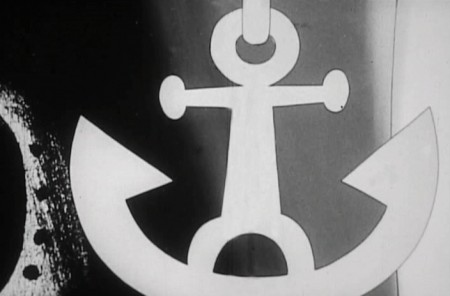
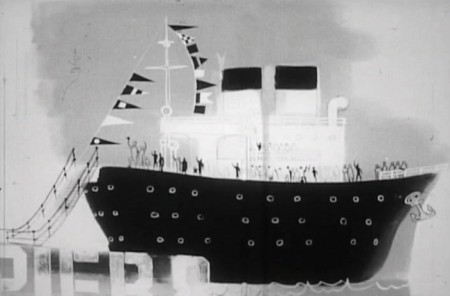
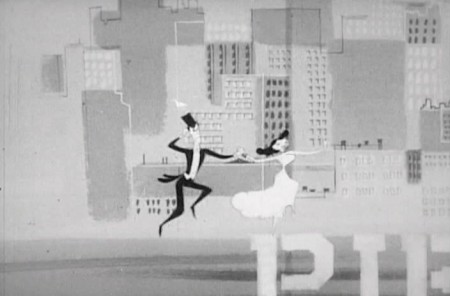
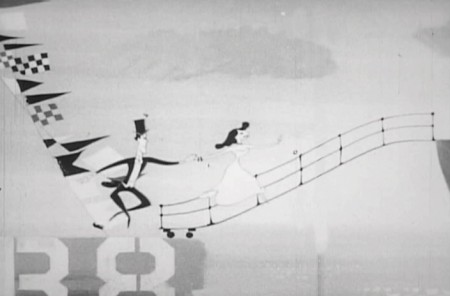
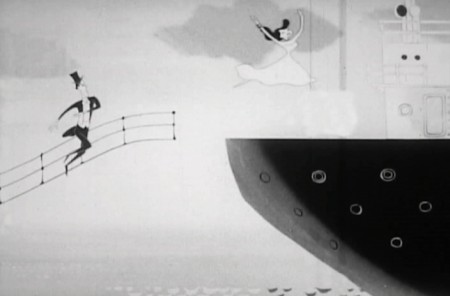
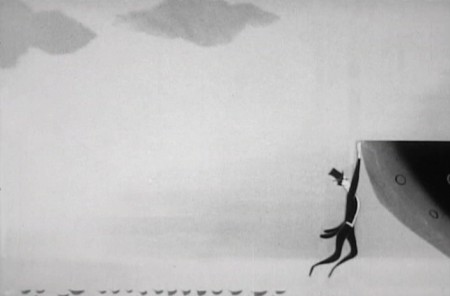
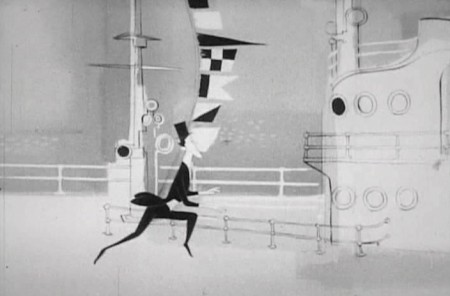

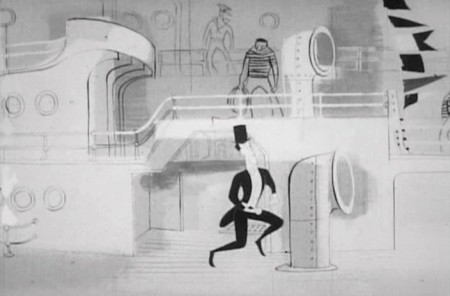
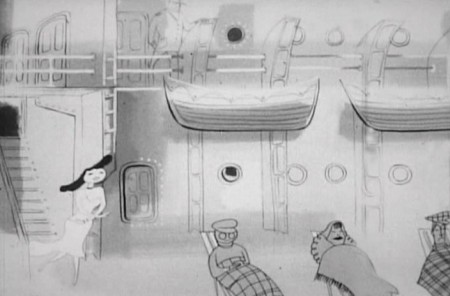
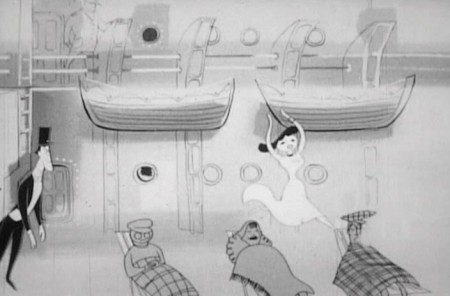
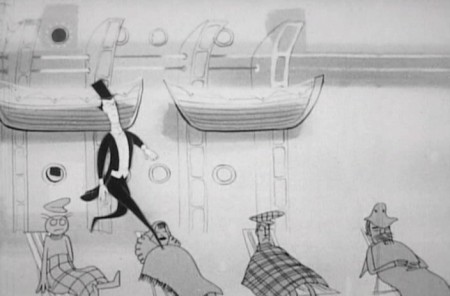
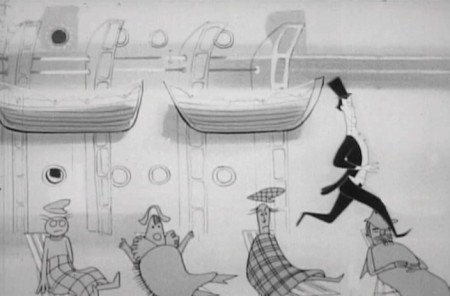
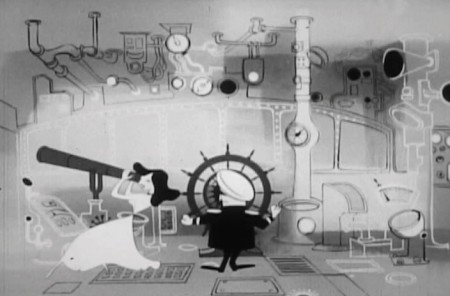
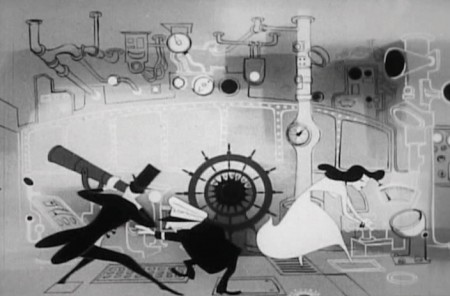
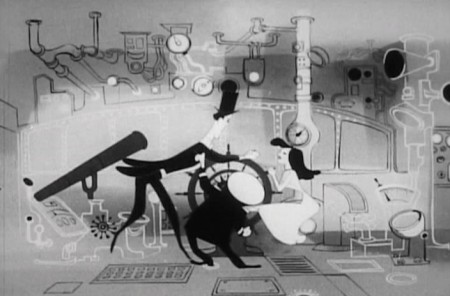
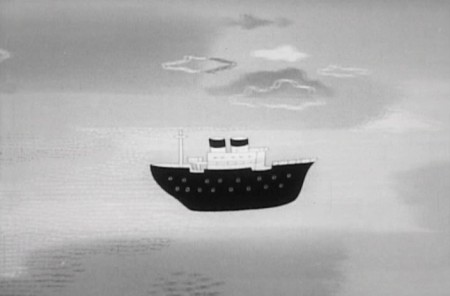
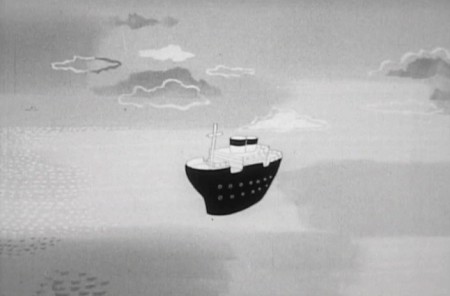
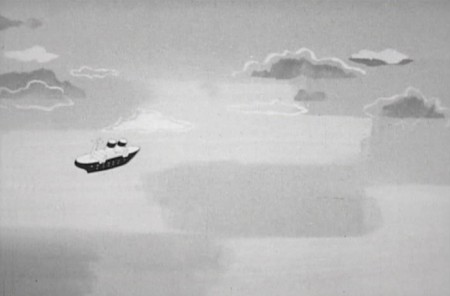
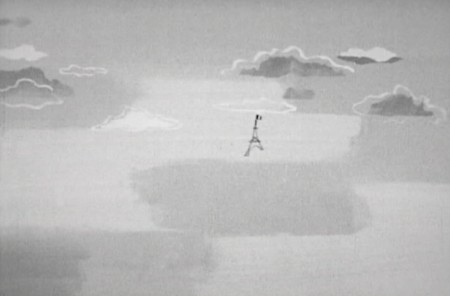
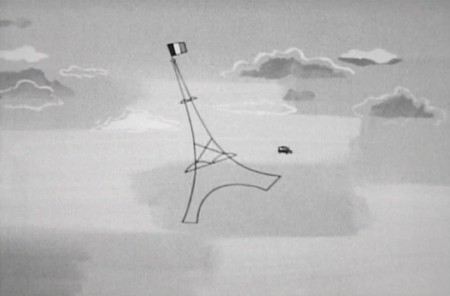
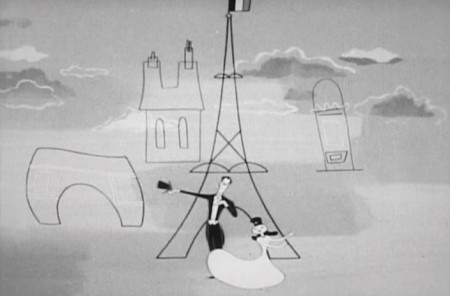
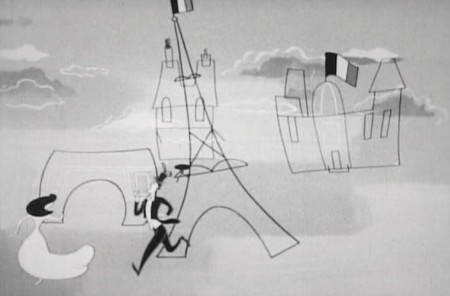
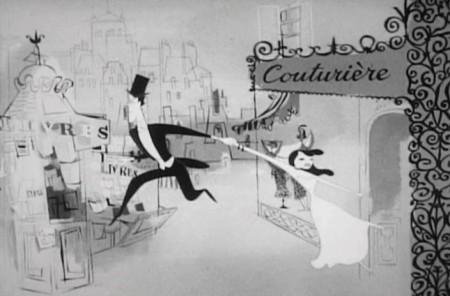
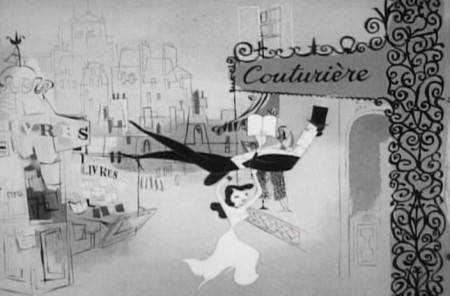
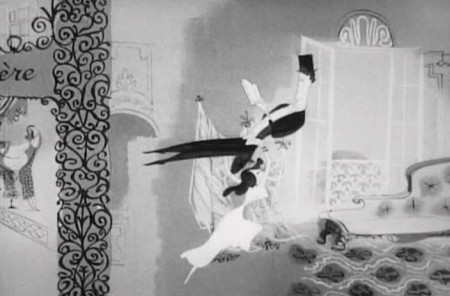
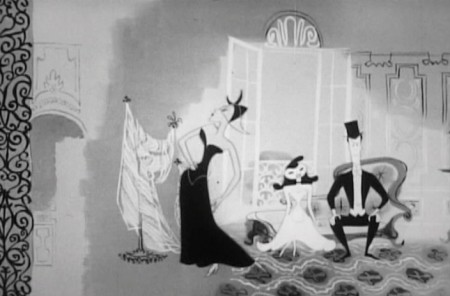
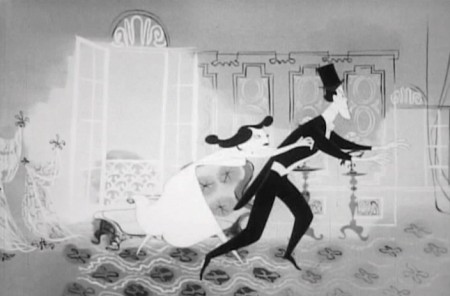
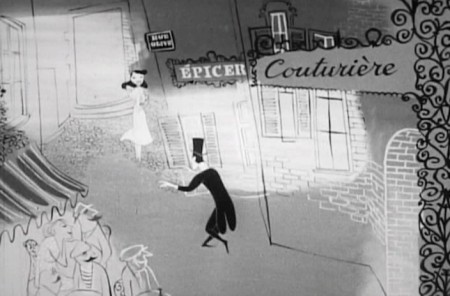
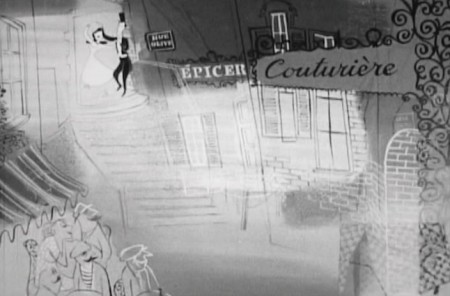
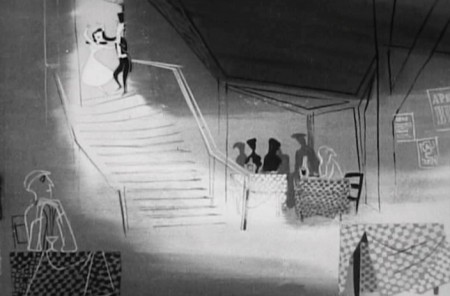
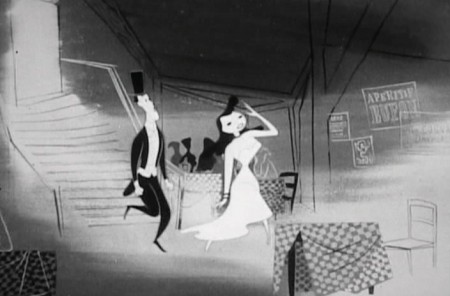
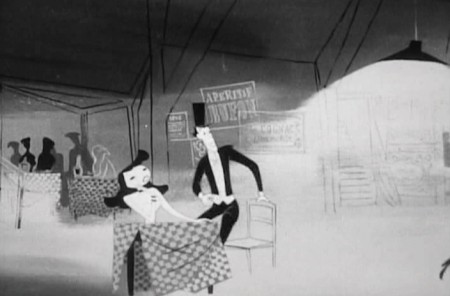
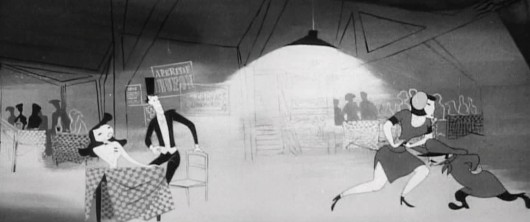
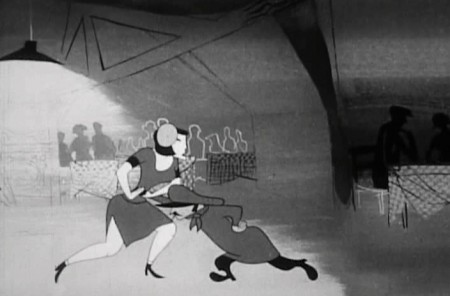
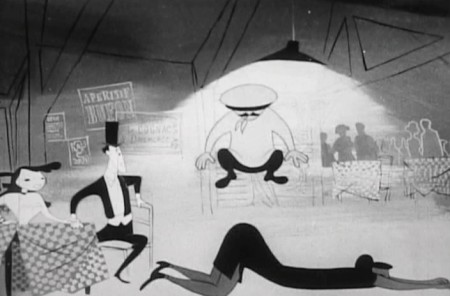
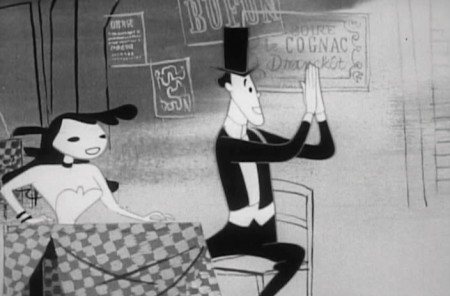
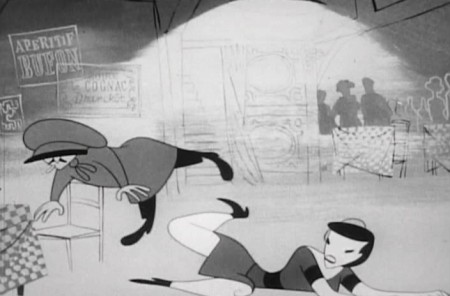
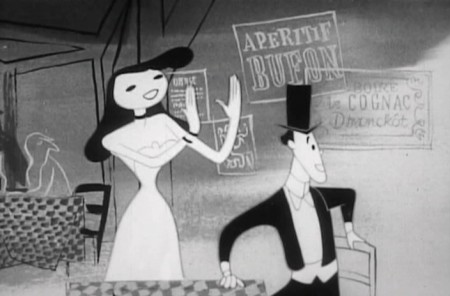
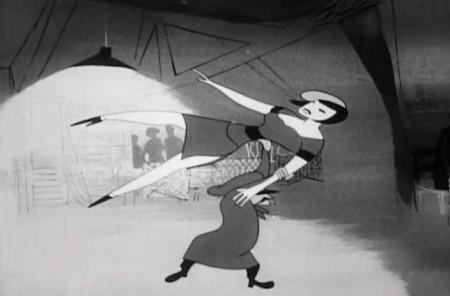
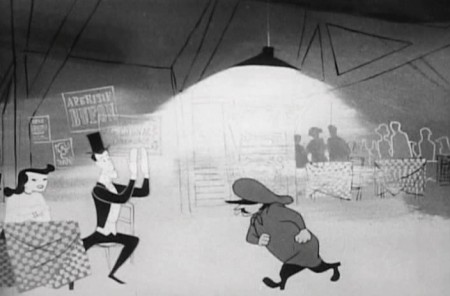
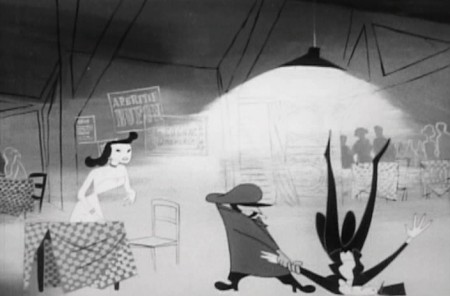
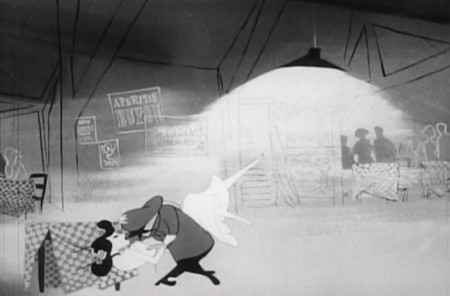
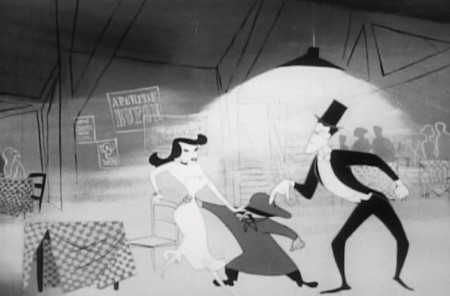
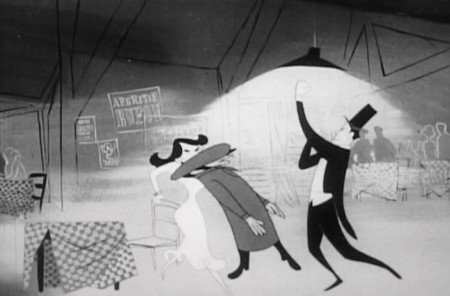
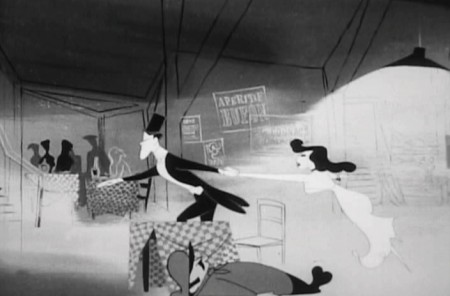

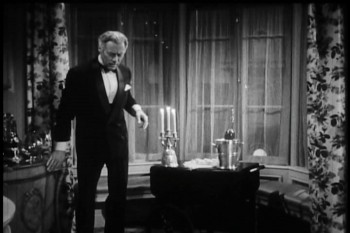
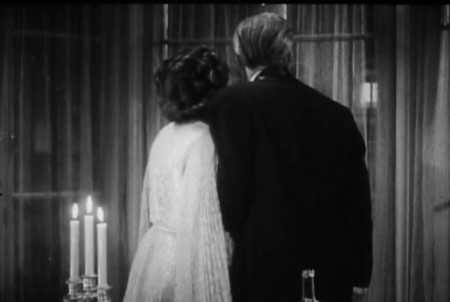
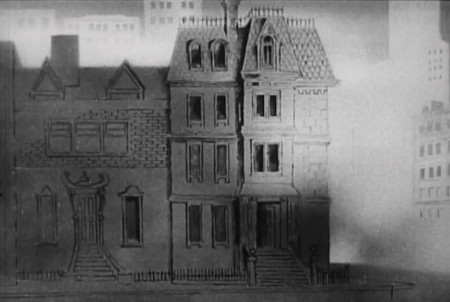
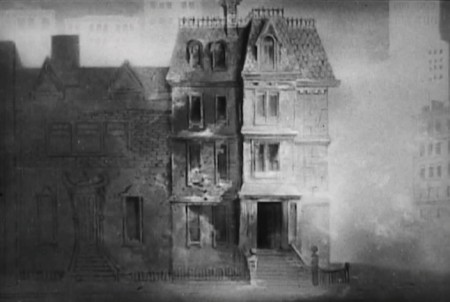
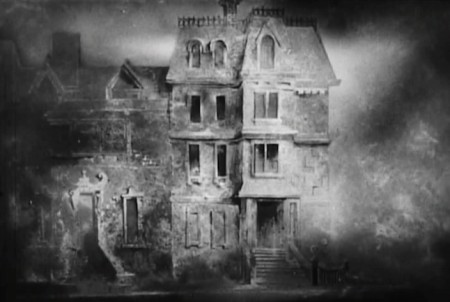
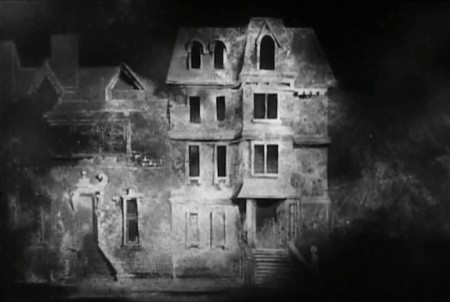
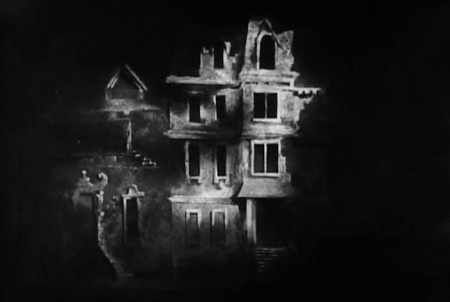
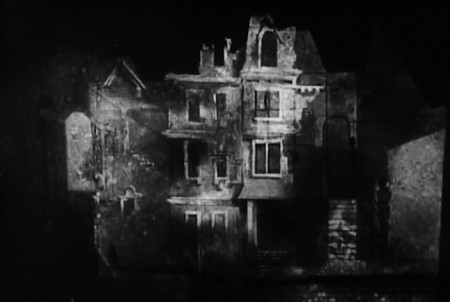
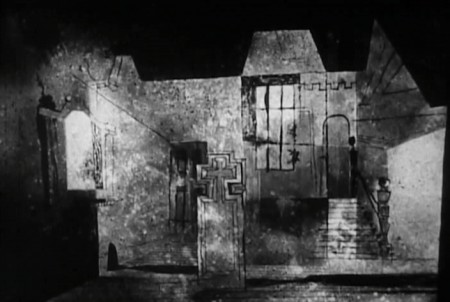
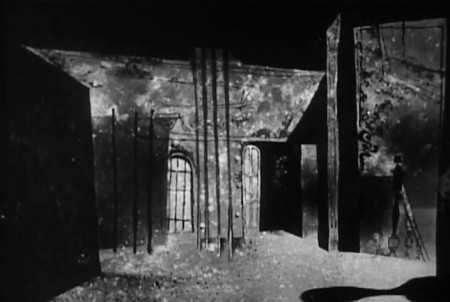
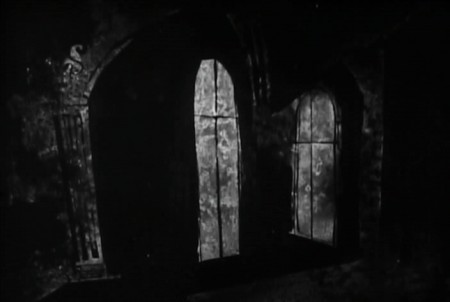
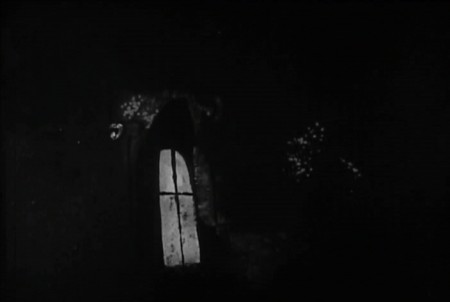
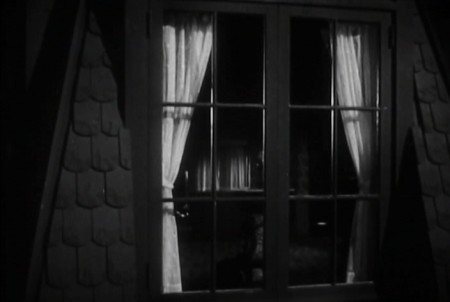
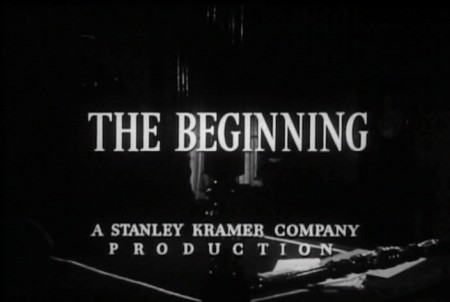
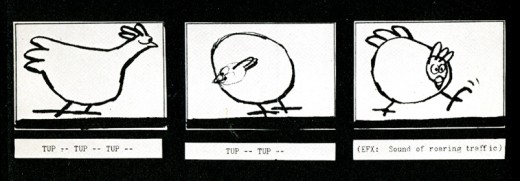
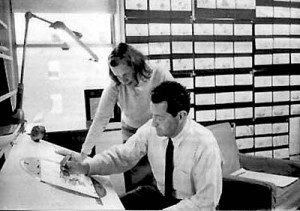
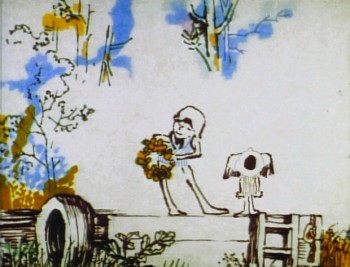
 length through improvised sessions. The boards then grew out of the edited tracks. The voices often came first, here.
length through improvised sessions. The boards then grew out of the edited tracks. The voices often came first, here. 